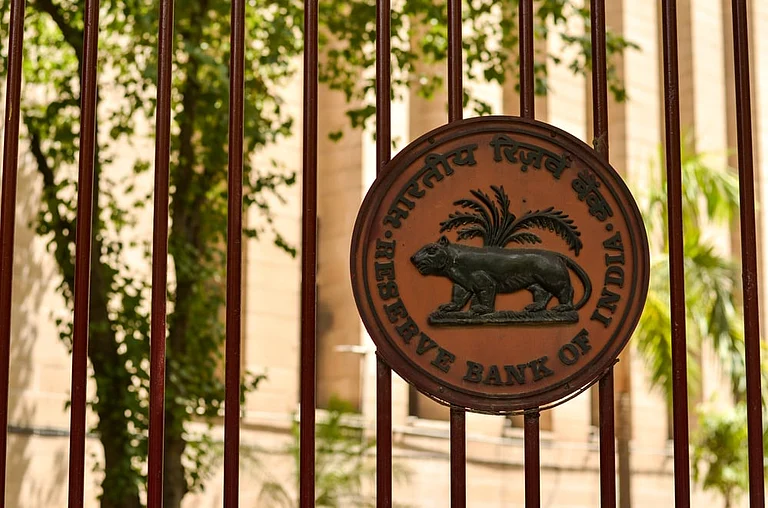India must install at least 5-10 lakh additional automated teller machines (ATMs) to improve digital financial inclusion, said experts at a webinar organised by The Dialogue, a prominent tech policy think-tank, on September 22, 2023. They emphasised the critical role of ATMs in bridging the urban-rural divide and promoting economic growth.
ATMs complement digitisation efforts and serve as vital tools to boost financial inclusion in remote communities. Further, they said the interchange fee, which banks pay to ATM service providers for customer transactions, should be increased to boost the number of ATMs.
What Did Experts Say?
Arpita Mukherjee, professor at the Indian Council for Research on International Economic Relations (ICRIER), highlighted the decline in annual ATM deployment rates. While 2021-22 saw a growth rate of 6 per cent, it dropped to 2 per cent in 2022-23, as per the Reserve Bank of India (RBI) data.
“We need to ensure that the commercial viability of setting up ATMs in underserved areas is considered. The interchange fee between the ATM provider and the bank is tweaked to make this effort viable. Tailoring financial inclusion efforts towards formalising one's access to financial services is a key point often underscored. Digital and traditional payment modes must be worked upon to boost financial inclusion efforts together," Mukherjee said.
Sudhakar Kaza, former principal chief general manager of RBI, said India has approximately 2.5 to 2.6 lakh ATMs, far from sufficient. "We need at least one ATM per village to synergise digital and traditional payment transactions. RBI should invite more companies to become White Label ATM Operators, which gives a fillip to ATM expansion in the country," he said.
White Label ATMs (WLAs) are ATMs set up, owned and operated by non-banks. Recently, Hitachi Payment Services launched India's first UPI-ATM as a white-label ATM.
Kaza outlined five critical areas for focused attention: subsidising ATM infrastructure, insuring cash in transit (borne by banks or the government), ensuring customer protection and efficient grievance redressal, enabling the nearest bank branches to supply cash to ATMs and Business Correspondents (BCs), and ensuring the availability of lower denomination currency notes in underserved areas.
Kazim Rizvi, founding director of The Dialogue, emphasised that digital and cash-based payments are complementary services. "For rural and remote areas that primarily rely on cash, the proliferation of cash-in and cash-out points are extremely important," Rizvi said.
K. Srinivas, managing director and CEO of India 1 Payments, noted that the current interchange rates are significantly lower than the cost per transaction, necessitating a one-time correction. "In light of rising operational costs, we need an interchange fee fixed to an index that adapts dynamically. The above two moves by the regulator/NPCI would rekindle the interest of ATM operators struggling with bulging losses. Interchange fee should be set at a level that enables ATM deployers to earn a reasonable return on their investment," Srinivas said.













